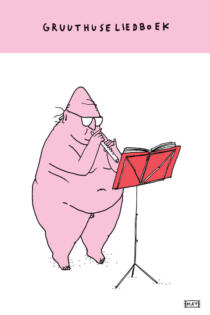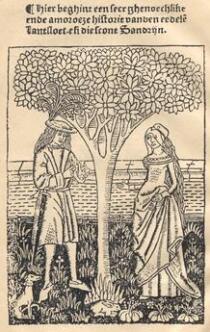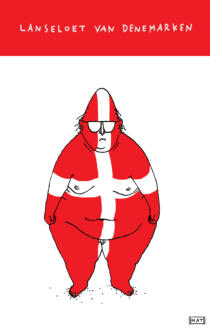The Gruuthus Songbook is not only special because it is our oldest source of Dutch music. Many of these songs display a breath-taking literary virtuosity. They often borrow the forms that especially dominated French lyrics of the time: the ballad (consisting of three stanzas that end in a one-line refrain) and the roundel (with a beginning, middle and final refrain). But these forms are used very freely in the Gruuthus Songbook: sometimes they overlap or acquire impressive proportions.
Even more appealing – and perhaps the reason why the songs are so recognisable to us – is the original and even idiosyncratic way in which traditional themes, usually love, are developed. Echoes clearly resonate of the courtly love songs of southern France that conquered almost all of Western Europe from the twelfth century onwards. However, the emphasis is no longer on the devotion of a submissive lover to an unattainable lady but instead on mutual trust.
Many of the songs seem to reference the real world outside the narrative. This is the case, for example, in the New Year’s and May songs that young men would sing or present as gifts to their beloveds. The same may be true of the acrostic songs, in which the name of a sweetheart is hidden: Marie, Mergriete, Maie, Lauwerette and so forth. One song is dedicated to a certain Liegaert, which happens to be the name of the poet Jan van Hulst’s wife, and he incorporated his own name in two other texts in the manuscript, though elsewhere in the Gruuthus Manuscript, which contains more texts than the songbook.
Whether penned by Jan Moritoen, Jan van Hulst or one or several other authors, the tone and mood of the songs vary greatly. Besides the serious love songs, the songbook includes comic pieces. These generally play out in less privileged social circles and provide a less lofty image of love.
The collection also contains, among others, drinking, dancing and dialogue songs, farewell and Mary songs. But the most famous songs are those that deviate the furthest in topic from the rest of the songbook: the mocking and belligerent Kerelslied (song of the wretch) and, of course, the Egidius songs, two immortal complaints about a deceased friend.
How this manuscript ended up after 1461 in the famous, mainly French-language library of the rich Lodewijk van Gruuthuse (1422(?)-1492), to whom it owes its name, is unclear. The manuscript remained in private ownership until 14 February 2007, when it transpired that it had been sold to the Royal Library in The Hague.






